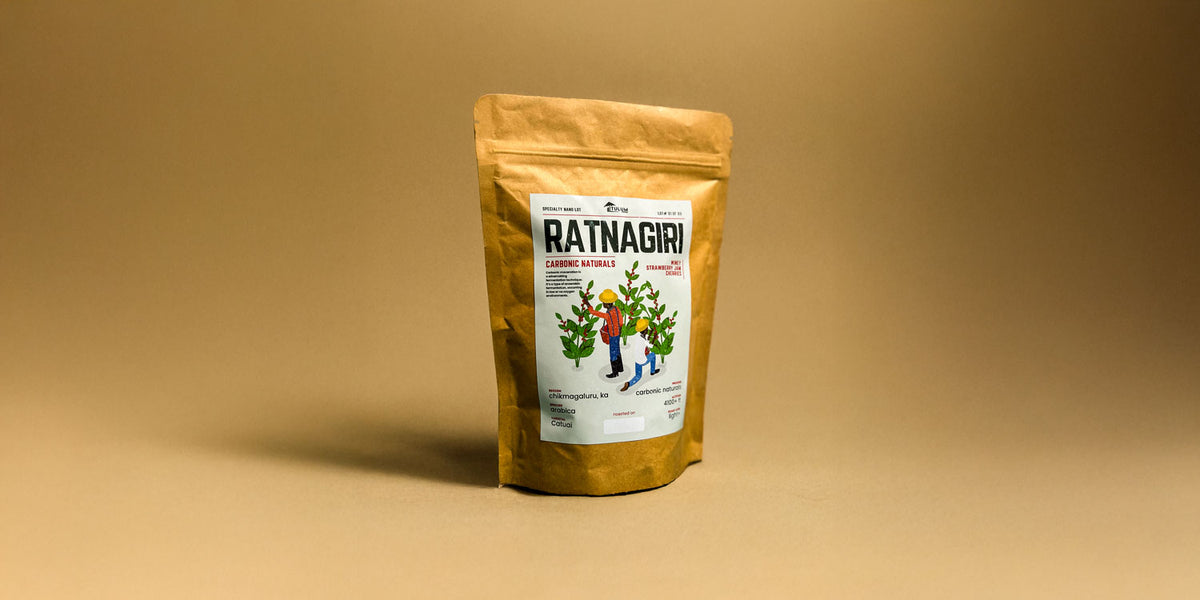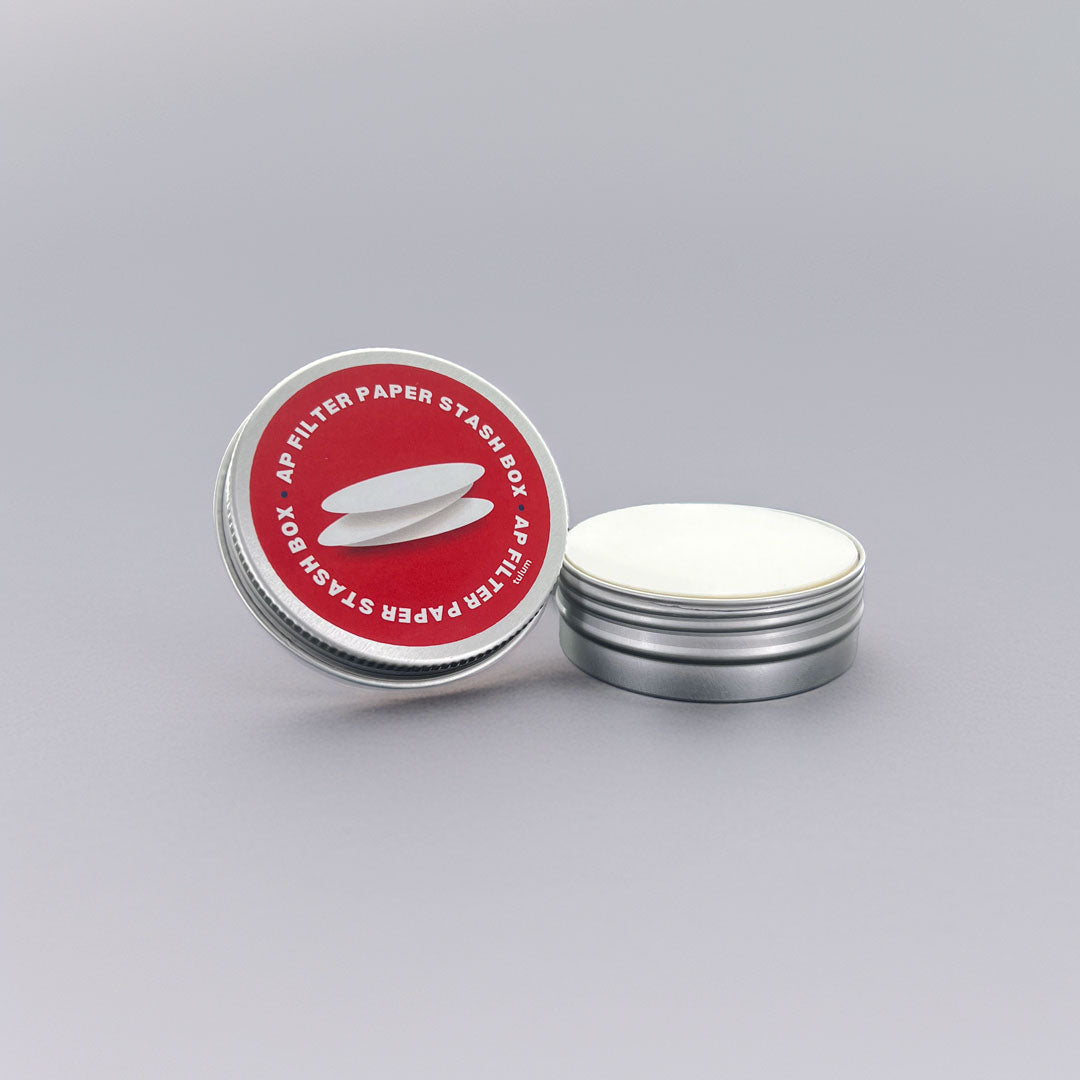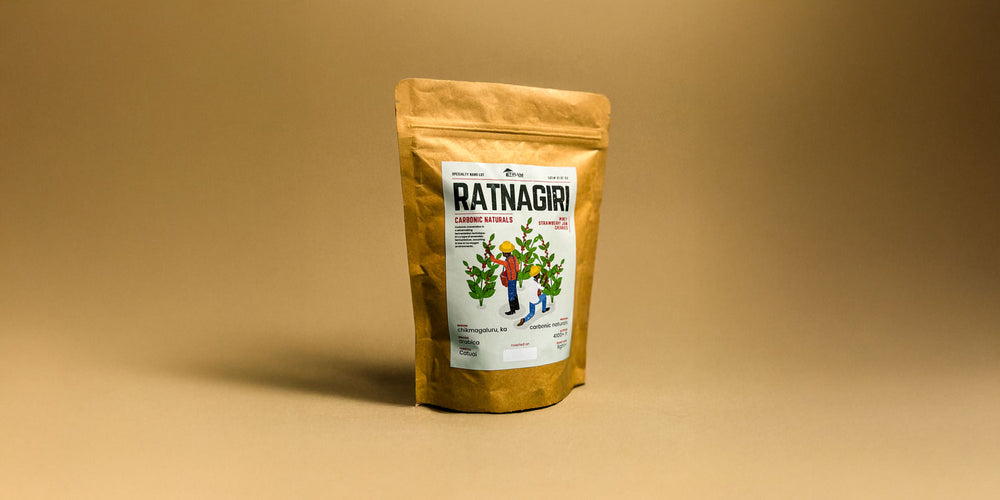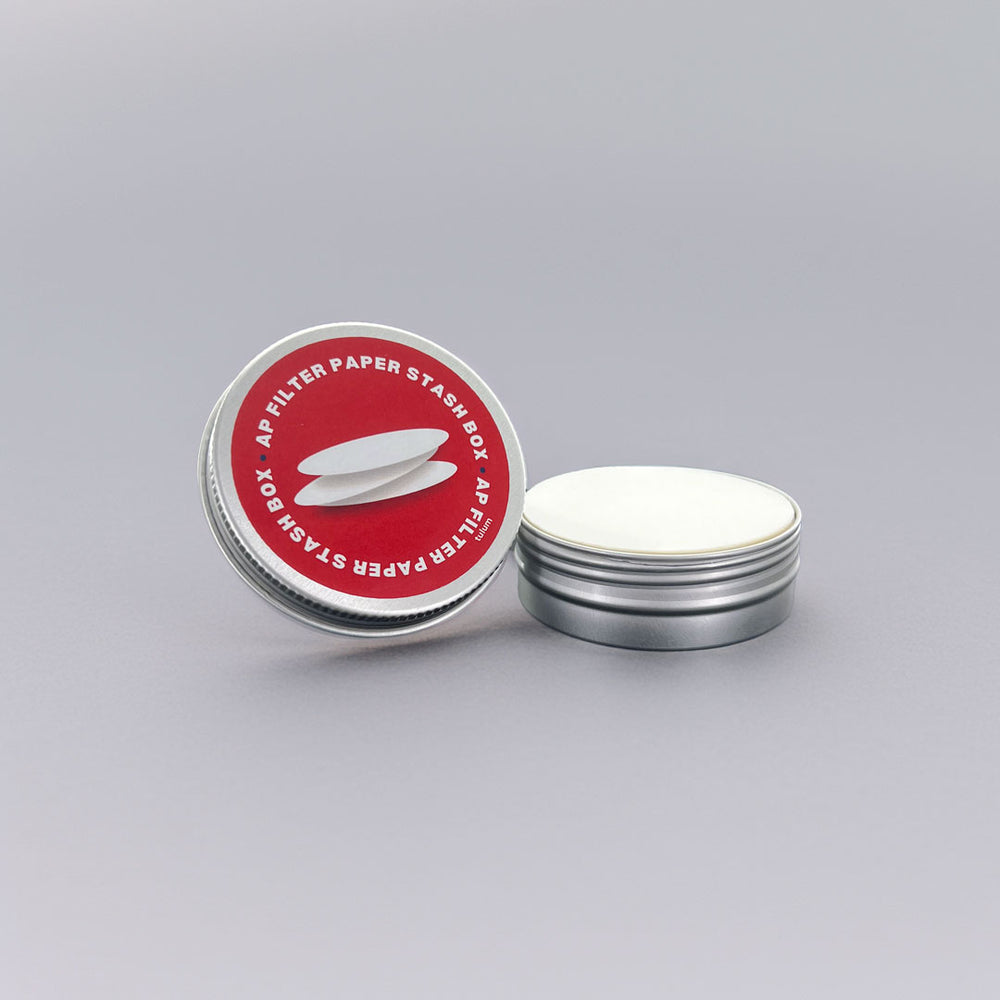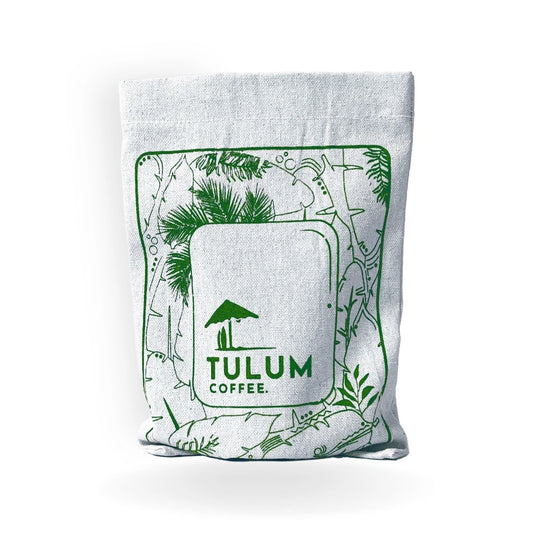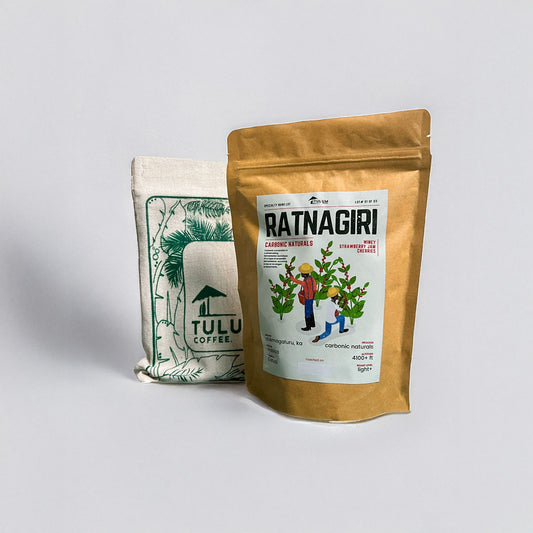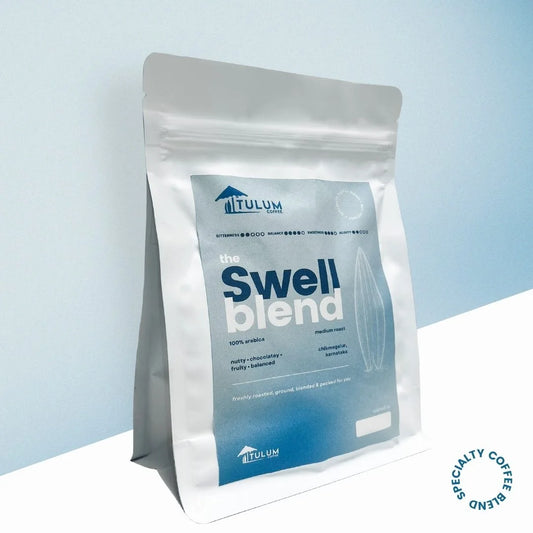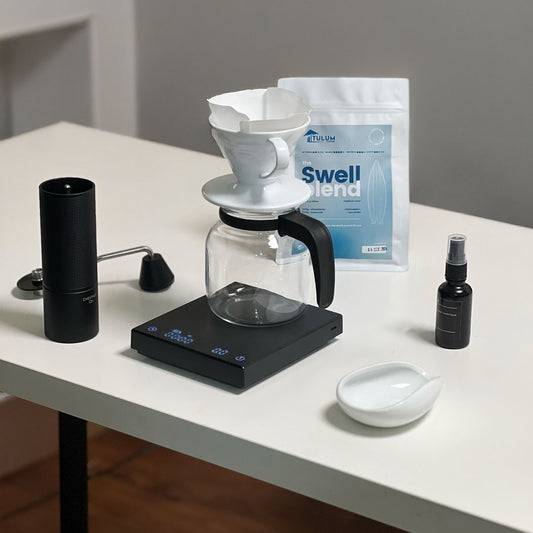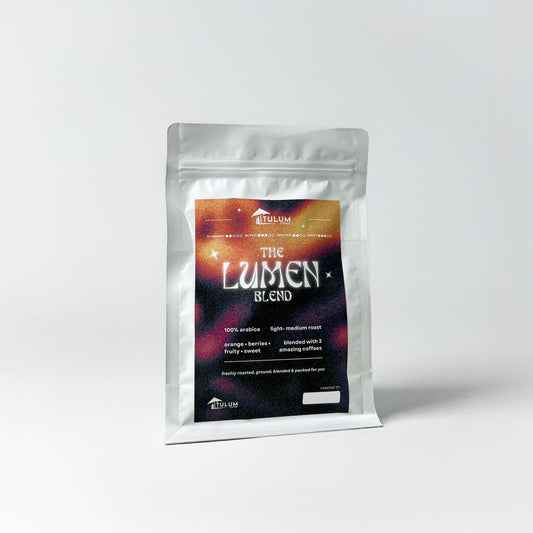A Brief Introduction to Coffee Acidity
Share
If you're a coffee lover, you've probably heard the term "acidity" thrown around when discussing your favourite brews. But what does acidity really mean in the world of coffee, and why does it matter? Let's break it down in simple terms.
What is Coffee Acidity?
When we talk about acidity in coffee, we're not referring to the pH level like you might find in a science class. Instead, acidity in coffee refers to a bright, tangy flavour that adds depth and complexity to the brew. It's not about sourness, but rather a pleasant liveliness that dances on your taste buds.
What Causes Coffee Acidity?
Several factors contribute to the acidity of coffee. Firstly, the origin of the beans plays a significant role. Beans grown in high-altitude regions, such as those in Central America or East Africa, tend to have higher acidity levels. The climate, soil, and altitude all influence how acids develop in the coffee cherries as they grow.
The roasting process also affects acidity. Lighter roasts preserve more of the natural acidity of the beans, while darker roasts tend to mellow it out. So, if you're looking for a more acidic coffee, go for a lighter roast.
Types of Acids in Coffee
Coffee contains various acids that contribute to its flavour profile. Here are a few common ones you might come across:
- Citric Acid: Gives coffee a bright, citrusy flavour, like a hint of lemon or orange.
- Malic Acid: Adds a tartness similar to green apples, giving the coffee a crisp edge.
- Phosphoric Acid: Provides a clean, smooth finish to the brew.
- Acetic Acid: Offers a subtle tang, like a touch of vinegar.
Together, these acids create a balanced and dynamic taste experience.
How to Taste Acidity
Tasting acidity in coffee is a bit like tasting wine. It's all about noticing the different flavours and sensations on your palate. Acidity can range from bright and zesty to soft and mellow, depending on the beans and how they're brewed.
Why Does Acidity Matter?
Acidity is essential because it adds vibrancy and depth to your coffee. It balances out other flavours and gives the brew a lively character. Without acidity, coffee can taste dull and flat, lacking the complexity that makes it so enjoyable.
How to Control Acidity
If you prefer your coffee on the milder side, there are ways to dial back the acidity. Opt for darker roasts, which tend to be less acidic, or try brewing methods like French press or cold brew, which produce smoother, lower-acidity coffees.
Final Thoughts
Understanding coffee acidity is like unlocking a new dimension of flavour in your favourite beverage. It's not about making your coffee sour but enhancing its brightness and complexity. So, the next time you take a sip of your morning brew, pay attention to the acidity and savour the lively flavours it brings to the table.
Conclusion
In conclusion, understanding coffee acidity can elevate your coffee drinking experience to new heights. It's not a complicated concept; instead, it's about appreciating the lively, tangy flavors that add depth and character to your brew. Whether you prefer a bright, citrusy cup or a smooth, mellow one, acidity plays a crucial role in shaping the taste profile of your coffee.
By exploring the origins of your beans, experimenting with different roasts and brewing methods, and paying attention to the subtle nuances of acidity in your cup, you can unlock a world of flavour possibilities. So, the next time you're sipping on your favourite brew, take a moment to savour the acidity and enjoy the vibrant taste experience it brings.


